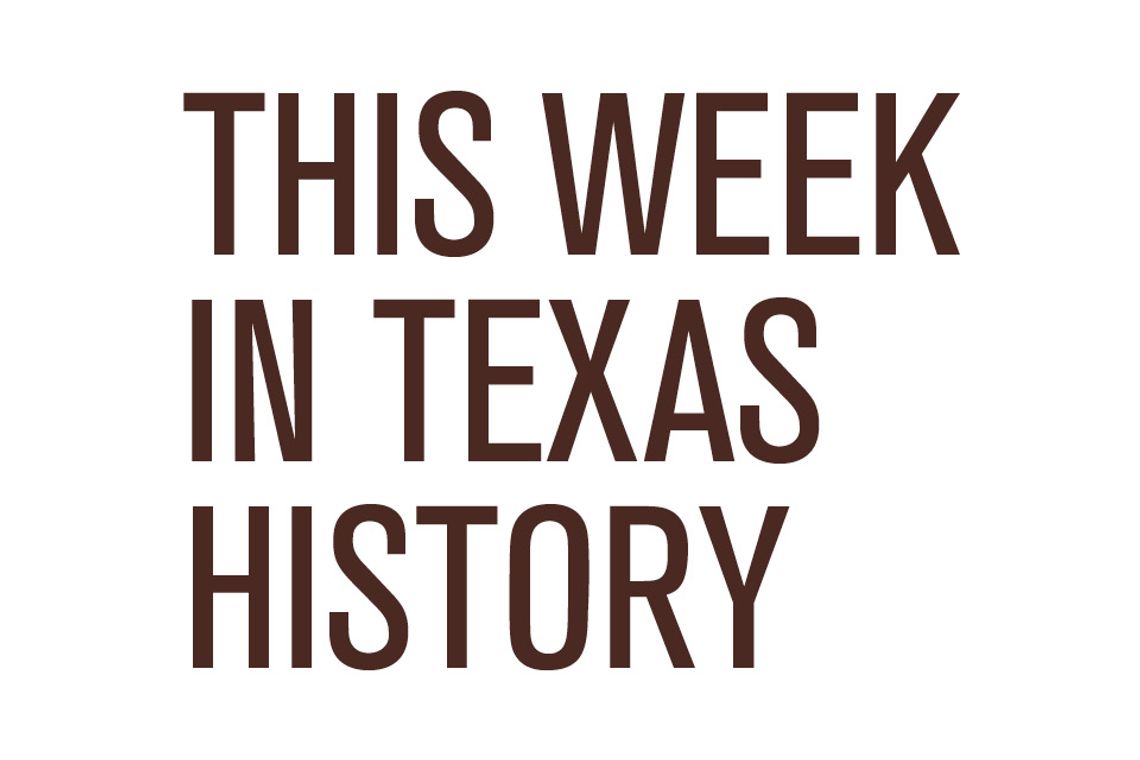by Bartee Haile
By the third week of March 1967, the sensational scam was the talk of the international art world. A Texas tycoon was the not-so-proud owner of the biggest collection of forgeries on the planet.
Algur Hurtle Meadows made his first million before the age of 30. Over the next three decades, the shrewd wheeler-dealer amassed a fortune conservatively estimated at a hundred million dollars.
Despite the cutthroat competition of the oil game, the Georgia transplant maintained a child-like faith in his fellow man. When an employee at his American General Oil Company was accused of embezzlement, Meadows indignantly defended the alleged thief by snorting, “I know him, and he wouldn’t do that.”
“He’s got all the qualities that the Talmud, the Bible, the Koran and Buddha say you’ve got to have,” a friend and associate once remarked. “He wants everybody to love everybody.”
Meadows was bitten by the art bug on a visit to Spain in 1952. A tour of the Prado, the National Museum of Painting and Sculpture in Madrid, convinced him that “a few Old Masters would give a certain elegance” to his humble mansion back in Dallas. He returned from Europe with no less than ten framed treasures.
That was just the beginning for the wide-eyed tourist, who took a smorgasbord approach to his expensive new hobby. In whirlwind fashion he paid $10,000 apiece for several Goyas, $100,000 for a quartet of large murals by the renown nineteenth-century Spaniard and a hundred grand more for three El Grecos.
By this time, Al Meadows was hooked. “I had this compulsion,” he would later admit. “It’s like self-hypnosis. Nothing satisfies except to continue to collect.”
He also had a grandiose dream. “I kept thinking what if I could have in Dallas, Texas, a collection of art that might be considered a tiny Prado.”
Shortly after the death of his wife in November 1961, Meadows gave Southern Methodist University a million dollars for a Spanish art museum in her memory. A second marriage within the year resulted in the obligatory donation of a half-million dollars’ worth of Italian statues. Dedication ceremonies for the Virginia Meadows Museum and the Elizabeth Meadows Sculpture Court and Garden were held the very same day on the SMU campus.
The new Mrs. Meadows was partial to French painters, so her eager-to-please husband showered her with costly canvases from that country. It was not long before a pair of smooth-talking Parisians popped up in Big D with a gallery of “bargains” for the free-spending oilman crammed into the trunk of their rented car.
Meadows had never heard of door-to-door art peddlers, and their unorthodox approach aroused his suspicions. But his doubts were immediately dispelled by the certificates the slick salesmen presented for each and every piece.
Had the trusting Texan bothered to investigate the impressive papers, he would have discovered that the documents proved nothing at all. Forgers and charlatans who hawked their bogus wares had long exploited the French law which allowed an artist’s blood kin to attest to the authenticity of any painting bearing his name. This scandalous practice enabled unscrupulous relatives to earn a dishonest living at the expense of naïve collectors.
While the clever con men carefully reeled him in, Meadows drove what he believed was a hard bargain. “I’d always let them hang around for eight or ten days, when I knew they were spending two hundred dollars a day in Dallas. Just when they were about to leave town, I’d offer them half what they had originally asked.”
Meadows’ strength, his legendary skill as a hard-nosed negotiator, was in fact his Achilles’ heel. The patient swindlers were more than happy to accept $45,000 for a worthless copy of a masterpiece they had priced at $100,00.
For three extremely lucrative years, their Dallas dupe was the Frenchmen’s best customer. Even though his wallet was $400,000 lighter, Meadows had no complaints since he was convinced that the true value of his bargain buys was $1.3 million.
But persistent rumors of an elaborate fraud finally persuaded Meadows to call in several experts to inspect his collection of French moderns. Their verdict left him stunned and speechless. Forty-one of the 59 paintings were forgeries.
Acting more like the victim of a harmless prank than a six-figure scam, Meadows laughed off his loss and even referred to himself as “Mister Sap.” Two months and two million dollars later, he had replaced the fakes with the real thing.
Meadows also made amends with SMU. His $8 million gift to the school of art in 1969 was the largest windfall in the university’s 54-year history and raised his total cash contribution to more than $15 million.
True crime classics from the Lone Star past are all yours in “Murder Most Texan.” Mail a check for $24.00 to Bartee Haile, P.O. Box 130011, Spring, TX 77393.










